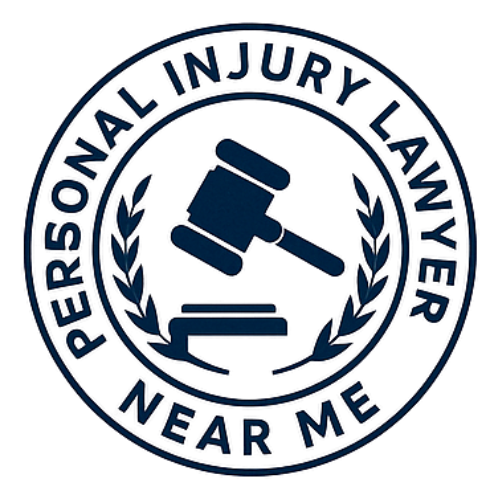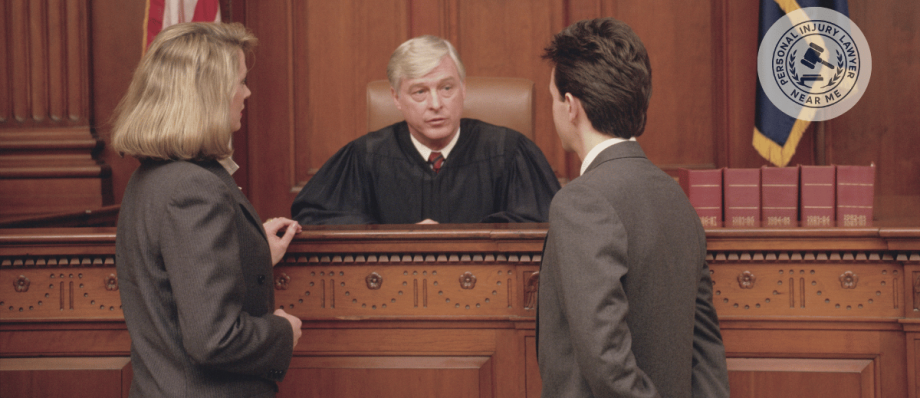Filing a personal injury claim without a lawyer might seem daunting, but knowing the proper steps is possible. Whether you’ve been in a car accident, slipped on a wet floor, or been injured due to someone else’s negligence, handling your claim can save you thousands in legal fees. However, success hinges on preparation, persistence, and a solid understanding of the legal process.
This guide walks you through the essential steps, from gathering evidence to negotiating with insurance companies—all while avoiding common pitfalls.
Can You Handle a Personal Injury Claim on Your Own?
Yes—but with caveats. Minor injuries with clear liability (like a straightforward fender bender or a slip-and-fall with security camera footage) are good candidates for self-representation. However, complex cases involving severe injuries, disputed fault, or multiple parties may require professional legal help.
If your medical bills are high, your injuries are long-term, or the other party is fighting your claim, consulting a personal injury attorney might be smarter.
Step 1: Seek Medical Attention Immediately
Your health comes first. Even if your injuries seem minor, some symptoms (like whiplash or concussions) take time to appear. A medical record is crucial evidence linking your injuries to the accident.
- Visit a doctor ASAP – Delaying treatment gives insurance companies an excuse to argue your injuries weren’t serious.
- Keep all medical records – Bills, prescriptions, and doctor’s notes will be key in proving damages.
Step 2: Document Everything Like a Detective
Substantial evidence is the backbone of any successful claim. The more proof you gather, the harder it is for insurers to lowball you.
Essential Evidence to Collect:
| Type of Evidence | Why It Matters |
|---|---|
| Photos & Videos | Snapshots of the accident scene, injuries, property damage, and hazardous conditions (like a broken stair). |
| Witness Statements | Get contact info from bystanders—their testimony can support your version of events. |
| Police Reports | If law enforcement responded, request a copy. It often includes an officer’s opinion on fault. |
| Medical Records | Prove the extent of your injuries and treatment costs. |
| Pay Stubs & Lost Wages | If you missed work, document income loss for compensation. |
Step 3: Notify the Right Parties
Depending on your case, you may need to alert:
- Insurance companies – Report the incident to your insurer and the at-fault party’s provider. Stick to facts—avoid admitting fault or speculating.
- Property owners or employers – If your injury happened at a business or workplace, file an incident report.
- Government entities – For public property accidents (like a pothole injury), you may need to file a government claim within a strict deadline.
Step 4: Calculate a Fair Settlement Amount
Insurance adjusters love to undervalue claims. To avoid getting shortchanged, tally all your damages:
- Medical expenses (current and future treatments)
- Lost wages (including missed promotions or overtime)
- Pain and suffering (more subjective, but calculators like Nolo’s Pain and Suffering Calculator can help)
- Property damage (repair or replacement costs)
Pro Tip: Start with a higher demand than expected—insurers will negotiate down.
Step 5: Write a Persuasive Demand Letter
This formal letter outlines your case and the compensation you’re seeking. A strong demand letter includes:
- A clear summary of the accident
- Proof of liability (evidence showing the other party’s fault)
- Itemized damages (medical bills, lost wages, etc.)
- A specific settlement request
Example Template:
“On [date], I was injured in a car accident at [location] due to [other driver’s] negligence. Enclosed are medical bills totaling [$X], lost wages of [$Y], and documentation supporting my claim. I request a settlement of [$Z] to resolve this matter.”
Step 6: Negotiate Like a Pro
Insurance adjusters aren’t on your side—their goal is to pay as little as possible. Strategies to counter their tactics:
- Stay calm but firm – Emotional outbursts won’t help. Stick to facts.
- Don’t accept the first offer – Initial offers are often laughably low. Counter with evidence.
- Get everything in writing – Verbal agreements mean nothing.
Consider small claims court (for claims under $10,000 in most states).
When to Hire a Lawyer After All
While DIY claims work for minor cases, consider legal help if:
✔ Your injuries are severe or long-term.
✔ Liability is disputed (the other side blames you).
✔ The insurer refuses to pay a fair amount.
Many personal injury lawyers work on contingency fees (you pay only if you win), so consulting one could be risk-free.
Final Thoughts: Is It Worth Going Solo?
Filing a personal injury claim without a lawyer is doable with the proper preparation. But if the process feels overwhelming or the insurer plays hardball, don’t hesitate to seek professional help.
Have you ever handled a personal injury claim yourself? Share your experience in the comments!
Following these steps will maximize your chances of a fair settlement, without handing over a third to a lawyer. Stay organized, document relentlessly, and don’t let insurers intimidate you. Your compensation is within reach.



